California's terrible, awesome climate policy problem
Oil refineries are shutting down in the world's fourth largest economy, which is increasingly run on electric cars, clean energy and a whole lot of regulation. Plus, some gripes and hopeful headlines.
Somewhere along the road to a clean, renewable future on a planet with a stable, habitable temperature, oil refineries will shut down across the globe.
That moment has arrived in California. And it’s somehow taken people by surprise.
Valero Energy Corp. said last week it could be closing two oil refineries in California due to the state’s challenging regulatory environment.
Valero will close its Benicia refinery in Northern California and consider “strategic options” for its Wilmington refinery in Los Angeles. Benicia produces 9 percent1 of the state’s oil and was fined a record $80 million for air quality violations last fall, while Wilmington produces 5 percent. Valero has already tapped a redevelopment firm that has turned industrial sites into housing to examine options for its Benicia lands.
Oil companies are increasingly aggravated by California’s climate policies and goals. For instance, the state aims to ban gas-powered cars by 2035,2 a policy Republicans in Washington, D.C., are trying to overturn. And last fall, Democratic Governor Gavin Newsom signed ABX2-1, which caps profits and mandates refineries stockpile oil to decrease price spikes. The law was not well-received by Big Oil.
"California has been pursuing policies to move away from fossil fuels for the past 20 years, and the consequence of that is the regulatory and enforcement environment is the most stringent and difficult of anywhere else in North America," Valero CEO Lane Riggs said during a call with analysts, according to Reuters.
California is not alone. One in five refineries worldwide may shut down in the next decade due to increased regulation and falling demand in markets like Canada, America and the EU, according to analysts at Wood Mackenzie.
Simultaneously, California has surpassed Japan and become the world’s fourth largest economy, demonstrating that growth and oil consumption are not inextricably tied.
A climate policy conundrum
Valero’s decision comes on the heels of last fall’s announcement by Phillips 66 that it will close two aging refineries in Los Angeles (representing another 9 percent of the state’s capacity), a move that was applauded by neighborhood environmental justice groups who had raised concerns about air pollution.
With up to 23 percent of the state’s oil generating capacity in doubt, Newsom is attempting to shift his tone, though it may be too little, too late. He sent a letter to the state’s energy regulator urging it to find a way to encourage refineries to stay open, because “demand for gasoline will still exist for years to come.”
Gas prices could skyrocket or experience “instability” if the refinery closures come to pass, economists warn. Paying $10/gallon may not be out of the question.
But here’s where California will get what it’s been asking for: High gas prices only make electric cars and alternative transportation more appealing.
Such are the growing pains of a clean energy revolution
Headlines have proclaimed that people are “shocked” over the refinery closures. Newsom is certainly scrambling. But wasn’t this the plan? Isn’t this the present we created as we marched toward a climate-stable future?
Consider these facts:
25 percent of cars sold in California in 2024 were electric.
About 1.3 million electric cars are registered in the state.
California now has 48 percent more electric charging stations than gas pumps.
Californians pay the highest prices in the country for gas, $5/gallon, which includes $1.29/gallon in taxes.
Californians love gas taxes: Every time a gas tax repeal goes to voters, it fails.
California’s natural gas electricity generation dropped 25 percent last year due to increased availability of solar and wind power.
Carbon-free power met all electricity demand in California for 100 days straight in 2024.
California has decreased the “carbon intensity” of its economy by 55 percent in the last 20 years, according to the state’s air quality regulator.
Even oil refineries in the state run on solar power.
The headwinds against an oil-based economy are strong. In addition to its electric car regulation, the state has an aggressive set of policies3 targeting methane from livestock and household green waste, incentives to reduce household electricity use during peak times,4 and a cap-and-trade system by which polluters — like refineries and gas-powered car drivers — pay a tax, proceeds from which are used to subsidize climate-friendly activities like planting urban trees, land conservation and electric vehicle charging stations.5
It appears all these policies are doing exactly what they were intended to do: lower demand for fossil fuels and launch a transition to a cleaner economy. Refineries have to pack up sooner or later. How strange that in their decades-long frenzy of pro-climate regulatory activity, California policymakers did not foresee or plan for Big Oil’s exit.
Which would you prefer, unstable gas prices or an unstable climate?

PS: Anyone hear those sighs of relief from the Amazon?
If the Valero refinery closes, Benicia will lose 400 jobs, and Californians, Nevadans and Arizonans may pay more for gas. However, some rivers, trees and indigenous communities in the Amazon will breathe sighs of relief after experiencing over 1,200 oil spills in the last decade: Valero sources oil from the Amazon, along with Chevron and Marathon, whose refinery in Martinez, California, closed in 2020. Half the crude oil pumped out of the Amazon goes to California.
Electric vehicle, anyone?

Gripe #1
Coming to a state law near you: Useless “compostable” produce bags
Speaking of regulations, a new law came into effect in January in California that mandates grocery stores only provide “compostable” plastic bags for produce and bulk items. I quickly discovered these bags are useless at their two main purposes: 1) getting food home and 2) keeping produce like lettuce from wilting in the refrigerator. Moreover, most of these bags are not going to be “composted.” If any state lawmaker had used such a bag just once before voting for this law, they might have thought twice.
Here are my concerns:
“Compostable” bags are made from corn or sugarcane grown using petroleum-based fertilizers that impact oceans and river ecosystems. Why are we using agricultural land to grow something that we throw away after one use? See this article by Ethical Consumer for more pros and cons.
“Compostable” plastic allows moisture to pass through. Vegetables wilt within one or two days, resulting in wasted food. Many others agree with me here.
These bags must be composted by an industrial composting facility. If they are thrown in the trash and end up in a landfill, their impact on the environment is the same as a plastic bag.
They don’t work. (Did I mention this already?)
They waste food. (Sorry to repeat myself.)
So, what’s the solution? I can’t stand wasting food, so I’ve eliminated single-use bags altogether, compostable or not.
Speaking of composting
For Earth Day, haunted hiker
reminded us that we can all be composted one day. Seriously, it’s worth consideration. Cremation releases the same emissions as a 500-mile car trip, and can be a polluting way to depart, especially if mercury fillings are present.Gripe #2
Deciphering ubiquitous AI-generated “creature” headlines
One of my pet peeves is the word “creature” in a headline. AI “publishing assistant” bots spit out these headlines at a rabid pace. The Miami Herald is particularly prone. These headlines lure clicks by creating the impression of an alien invasion, while often hiding true success stories. The headlines below refer to beluga whales, Bryde’s whales, crocodiles, butterflies, coral, albino deer, snakes and frogs.
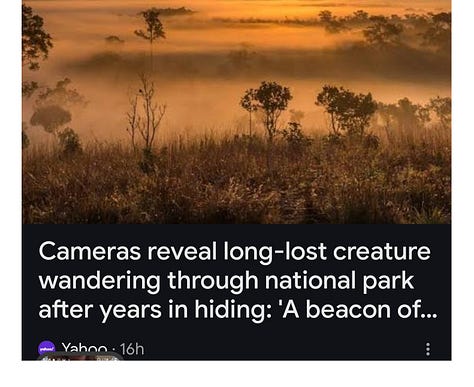
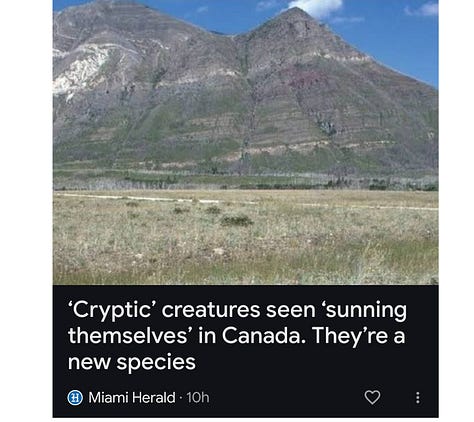
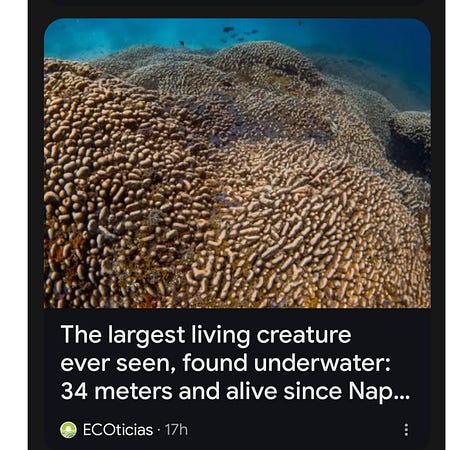
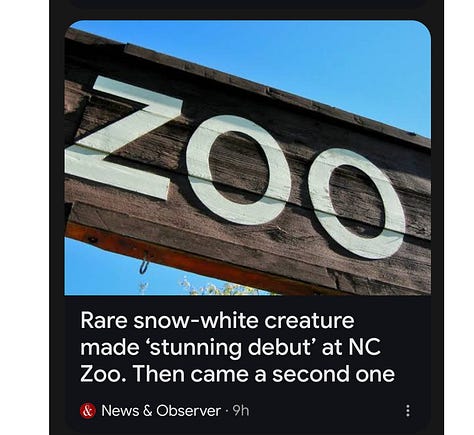
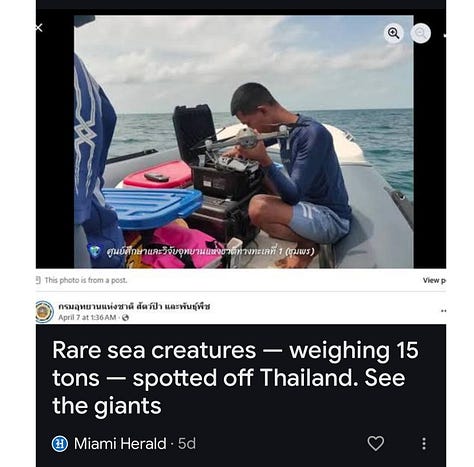
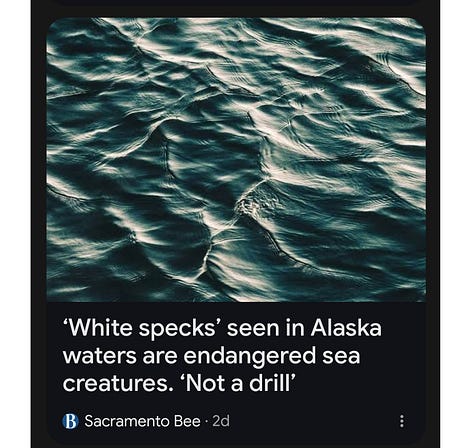
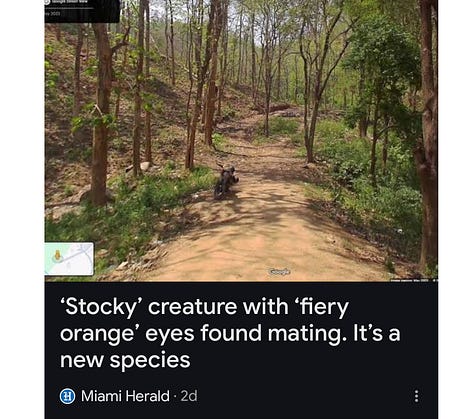
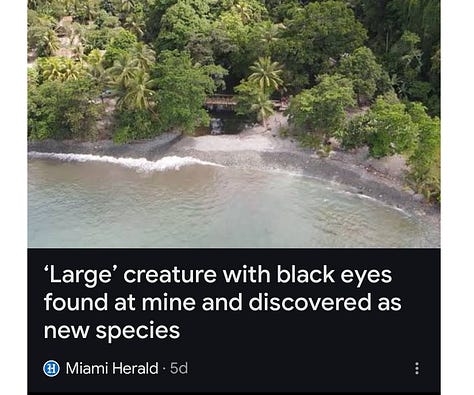

When we click on “cryptic creatures sunning themselves,” we find out that scientists have discovered a new species of butterfly in Canada called the “curiously isolated hairstreak”!
Honestly, isn’t this a better headline, written by yours truly:
New butterfly discovered sunning itself in Canada, and it’s called “Curious”
At the end of this “cryptic creature” story at The Miami Herald, we are invited to view more headlines, all of which refer to creatures!
Finally, Hopeful Headlines!
To end on some good vibes, here are a few headlines I found pretty hopeful:
Africa:
From Mongabay: Rwanda’s Olivier Nsengimana inspires protection for gray crowned cranes in East Africa (please read this if nothing else)
China:
From World Animal Protection: China removes pangolins from its Chinese Medicine list (thank goodness!!)
GD Today: Once “extinct” flower rediscovered in Guangdong
UK:
From BBC: Ospreys lay first egg 'in 250 years' in mid-Wales
Europe:
From GoodNewsNetwork: Sweltering Athens finally plants thousands of trees and renovates iconic Acropolis Hills with greenery
USA:
From Chron.: Texas adds 6,900 acres to public lands in historic conservation effort
From MauiNow: An island wide network of volunteers nurtures trees for burned Lahaina
From SILive.com: It was the world’s largest landfill, now Staten Island park to get 50K flowers to lure bees and butterflies
From Phys.org: Study shows 90 percent metal pollution drop in Adirondack waters five decades after the Clean Air Act
From The Associated Press: New tribal national park in North Dakota aims to preserve rugged and scenic landscape
From Audubon, Arizona: Birding Groups Join Forces to Protect a Hummingbird Hotspot
From GoodNewsNetwork: Bobcats gain migratory corridors in New Jersey
From NOAA Fisheries: Underwater sound recordings confirm endangered North Pacific right whales use of historic habitats (there may be only 50 of these whales left in the world)
From The Nature Conservancy: 42 federally threatened Eastern indigo snakes released at North Florida preserve
Do you believe me now, that good things are happening all the time?
About Earth Hope:
Earth Hope is a solutions-based journalism project that highlights environmental success stories to inspire action. I’m Amanda Royal, a former newspaper reporter and current eco-news junkie. Read more about this project and what inspired it.
Visit earthhope.substack.com for more stories. Visit my Services page if you’re a writer who’d like some help figuring out Substack.
Per the California Energy Commission.
This came from a 2020 executive order by Newsom. The only cars allowed to be sold in the state would be electric battery, plug-in hybrid or fuel-cell.
See a full list at UC Berkeley’s Climate Policy Dashboard.
Rates double during peak times to encourage flexible activities like laundry and dishwasher use to occur during the day when solar is available, or later at night when geothermal is producing power.
For instance, as Earth Hope has reported in the past, the Yurok Tribe was able to purchase hundreds of thousands of acres of ancestral homeland containing second-growth redwood forest, using California’s cap-and-trade program.


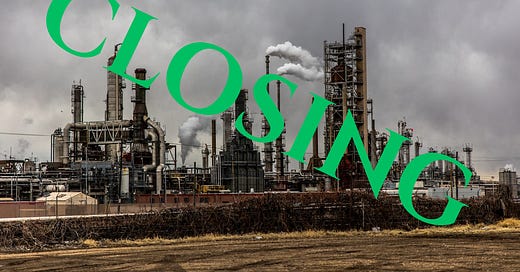




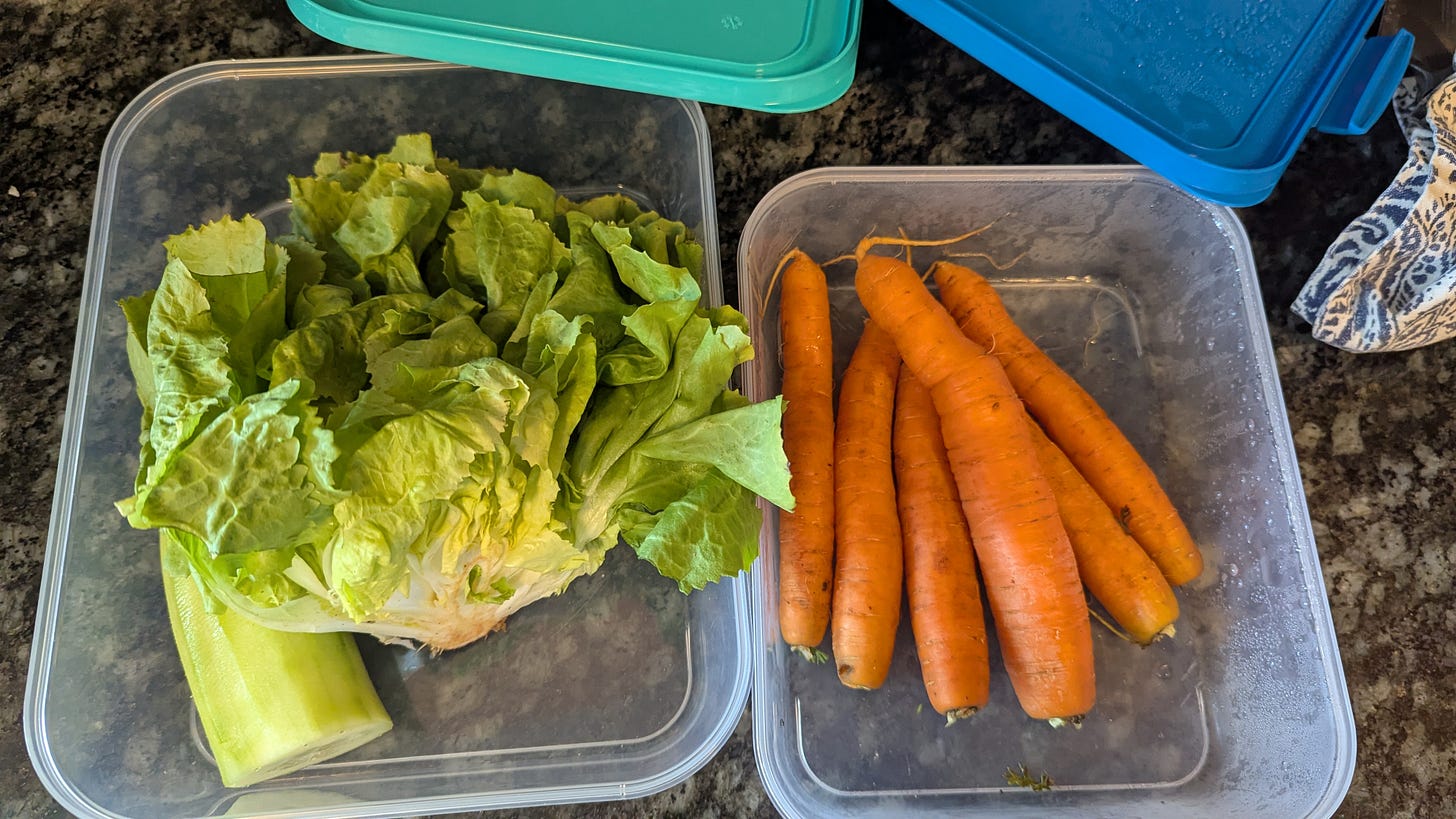
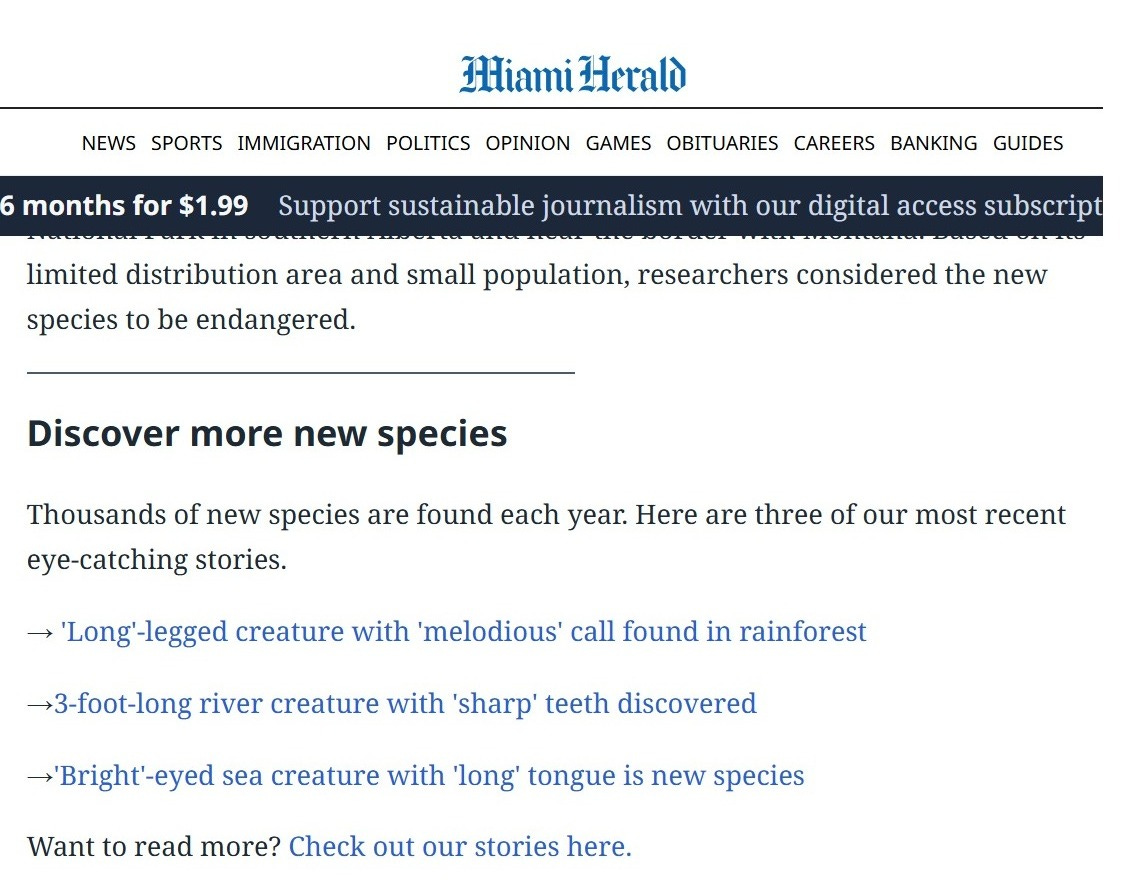
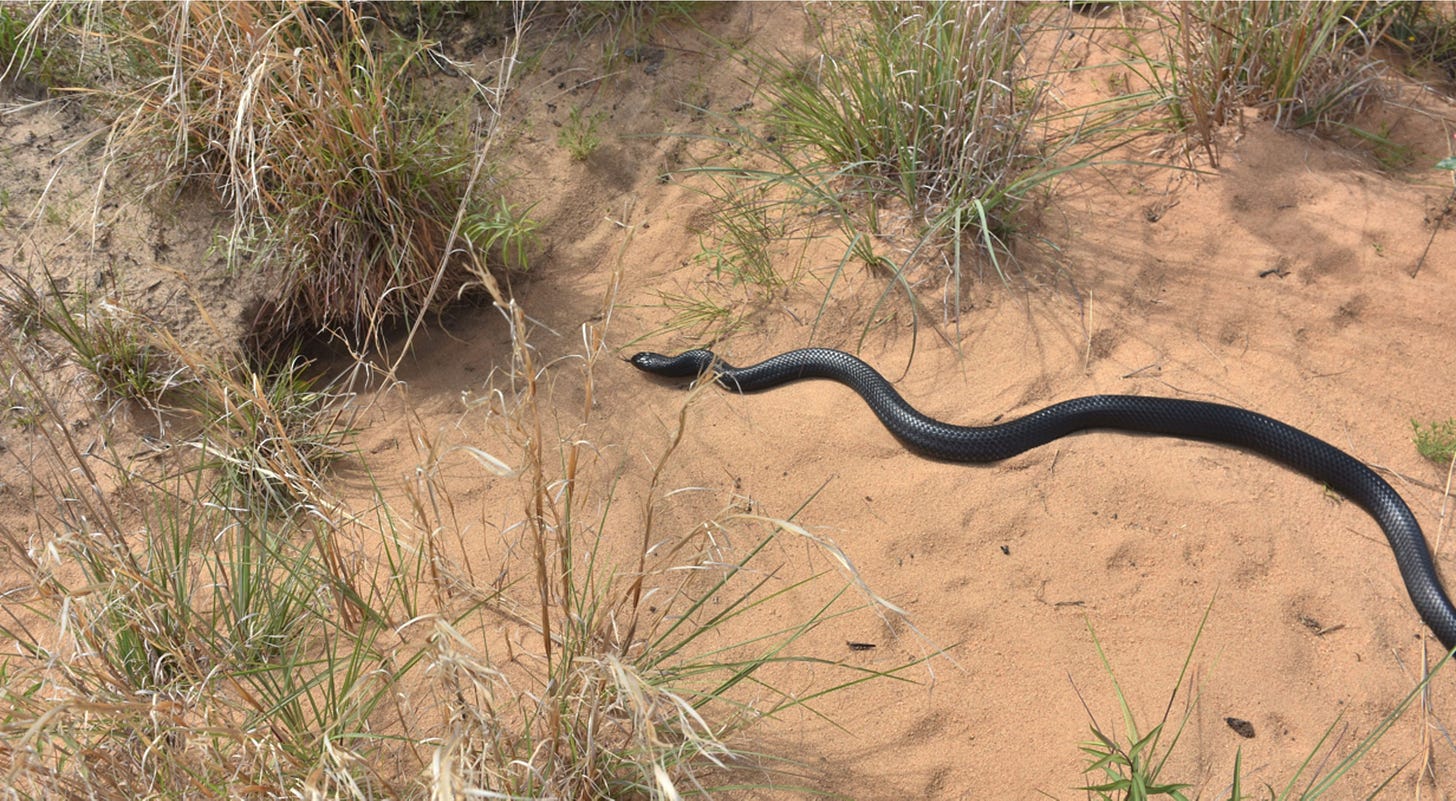
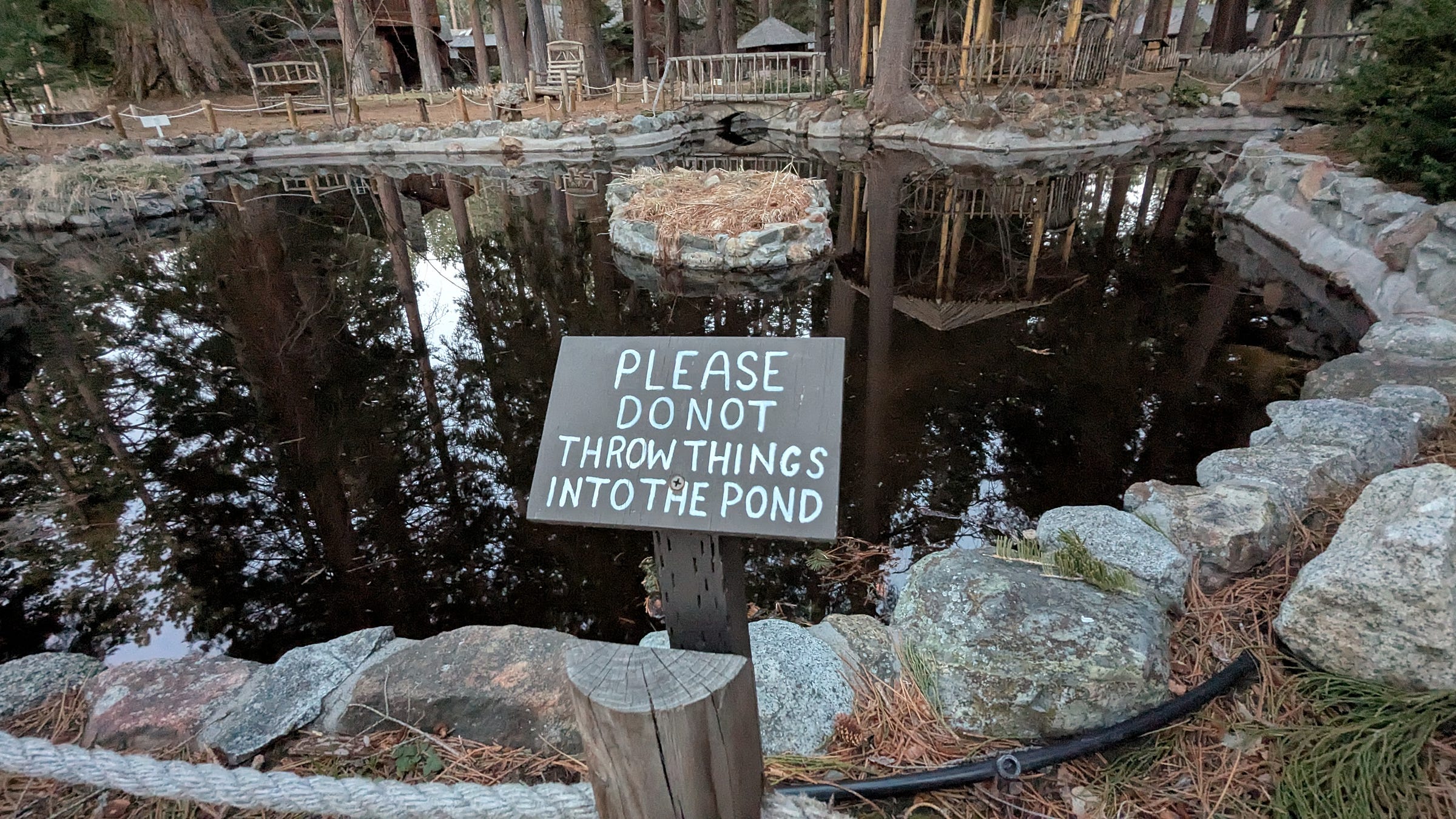
I liked your post-great job researching and explaining consequences of moving away from fossil fuels. Personally, I have several concerns about mass use of electric cars. In no particular order: Disposal of used batteries in ways that don’t endanger health and the environment, the rare earth elements needed to produce the batteries and the political and environmental upheaval mining them creates, health of the electrical grid/capacity to charge many vehicles without crashing the system, and cost. I think I read that progress is being made toward recycling elements within the batteries, but don’t remember where I saw that. Anyhow, thanks for highlighting the complex energy issues California faces.
Good! Shut down all the refineries!